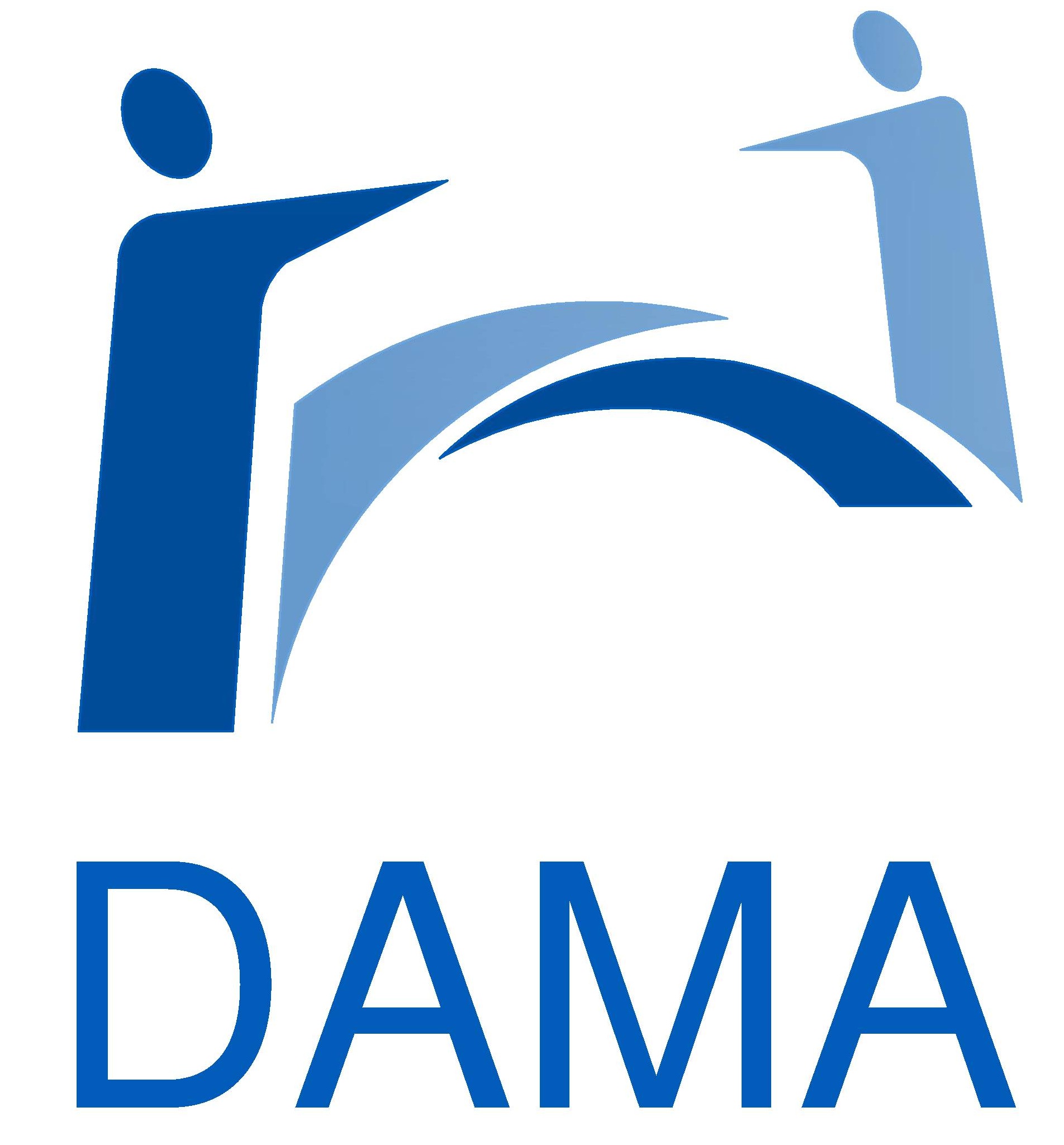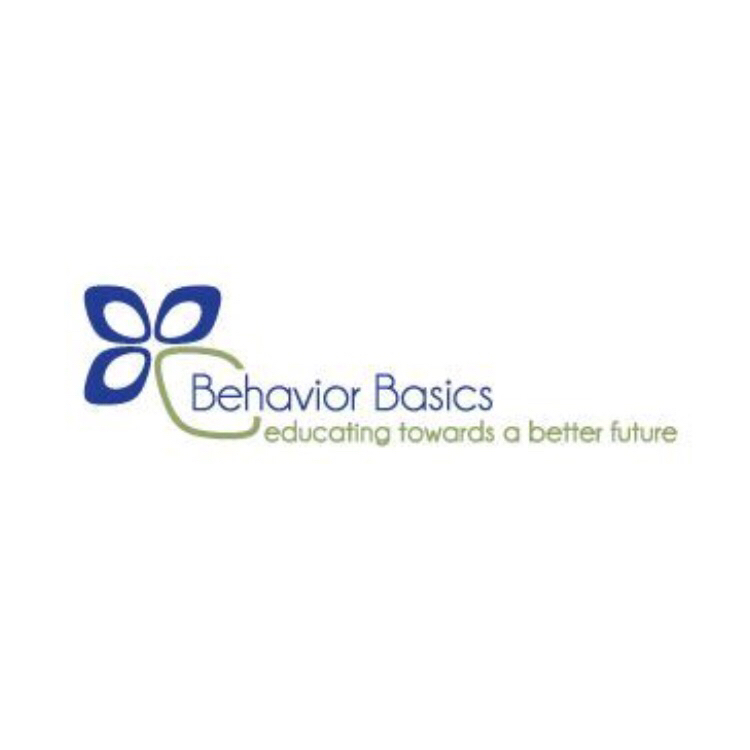Title Page
-
Training Title
-
Trainer Name
-
Location
-
The training take place inside
- PHCC
- Hospital
- School
- University
- Camp
- Public hall
- Private hall
- Other
-
Conducted on
-
Number of participants
-
In which number of male participant are
-
and female participant number are
-
Training duration
-
Which part of the training is observed?
-
Report prepared by
Training Observation Checklist
-
Dear Observer in case your answer was "Partial" or "NO" kindly use the note function to write detail for justifying your answer
Before starting the training
-
When the training start ?
-
Did the trainer (and trainer assistant) are in time at the location of training before arrival of the participants?
-
In case that there was major delay in the starting time of the training mention Why this delay happened
-
Trainer takes proper safety measures to help prevent classroom injury (include but not limited: avoid harmful situations, prepared for emergencies, use training devices, use appropriate behavior)
-
Both trainers and participants follow local, state recommendations and take reasonable precautions to help prevent the spread of infectious diseases (include but not limited: use of needed PPE, availability of sanitizer in place, preventing ill participant from attending training, social distancing)
-
The classroom space dedicated for training are
Preparation of environment for the training
-
Did the trainer assistant (or the trainer in case the trainer assistant not available) make proper arrangement of seats? (Seating is arranged in such a way that it encourages active participation by removing barriers, chairs are in semi half circle)
-
The resources and tools needed for the training were available, functional and in sufficient quantities (include but not limited to: printout, Power points, flip chart, sticky notes, notes book, pens and any other resources needed for the training)
-
Did the trainer assistant (or the trainer in case the trainer assistant not available) prepare the data show and laptop for the training
-
Did the trainer assistant (or the trainer in case the trainer assistant not available) Prepare the venue for coffee breaks.
-
Accountability tool are available in the training venue (Phone number, E-mail or Complaints box)
Introduction
-
The trainer introduces him/herself.
-
The trainer introduces the Co-trainer, trainer assistant (or any other person present)
-
If applicable, the trainer introduces the project in which the training activity is supported through it.
-
Did the trainer properly do the introduction of the trainees?
-
The trainer explains the agenda for the day, duration, process and the activities to the participants.
-
Whenever applicable, The trainer informs the participant about the availability of accountability tools (Phone numbers, E-mail or complaints box)
Learning enviroment
-
The trainer discusses and agree with the participants on ground roles and norms to be followed during the training (like putting cell phone on silent, when to rise questions …etc.).
-
The trainer uses an icebreaker appropriate for the group to help participants to feel more comfortable?
-
The trainer created a safe and comfortable learning environment for the participants, where they can speak freely, with the aim to overcome shyness.
-
The trainer ask questions or explains topics in a respectful manner and in line with the local culture, specifically for sensitive questions
-
The trainer remains neutral and does not react to participants’ answers in such a way that it can be felt as judgement and be aware of your body language (nodding, eyebrows, facial expression)
Communication
-
The trainer ensures that all participant are paying attention (not distracted)
-
The trainer uses a language which is understood by the participants (language English, Kurdish, or Arabic, and explains difficult terms)
-
The trainer explanations are clear and simple language
-
The trainer explanations are supported by the appropriate visual aids and tools
-
The trainer demonstrates active listening skills through nonverbal ques (eye contact, nodding, facial expressions) or verbal ques (hmm, aha, indeed)
-
The trainer rephrases questions if people do not understand them
Encourages active participation
-
The trainer gives time to think…… When asking a question…. Stay quiet (this let’s everybody think) before asking someone specific to answer
-
The trainer redirect questions, to others, as to get them involved (e.g. Ask: what do others think….....)
-
The trainer tactfully limits the contribution of those who dominate
-
The trainer keeps the participants on the topic
-
Ensures that everyone has a chance to express themselves equally, including quieter participants (without forcing)
-
The trainer gives positive reinforcements (encourage, show appreciation… )
Content of the topic
-
The trainer clearly explains the training goals/objectives.
-
The trainer did not skip any training topic.
-
The trainer follows the learning methodologies described in the training guideline.
-
The trainer gives correct and complete information.
-
The trainer commits to the sequence of subjects as per the training agenda.
-
The trainer listens and responds to questions of participants
-
In case trainer does not know the answer to a question, he-she explains he-she does not know the answer but tries to get the answer from someone who knows.
-
The trainer finally does a proper recap of the training by reflecting on the important messages the trainees learned.
Other
-
The trainer commits to allocated time for each subject as per the training agenda.
-
The trainer shows flexibility as to adjust to the needs of the participant or handle unforeseen situations
-
The trainer keeps an eye on the energy levels of participants and acts accordingly, (break, energizers)
-
The trainer manages conflicts when they arises
Wrapping up
-
When the training finished?
-
Did the trainer asks participants feedback on the session verbally (general feedback, or what they learned, or how they feel)
-
Did the trainer asks participants to fill in the valuation form and explains it is anonymous (and distributes the forms)
-
Did the trainer stays in the room and is available for questions that participants want to share in private
General Notes
-
If you find other observation that not mentioned in the Checklist above or you like to mention additional details, kindly write it in the field below
Recommendations
-
undefined
-
The Report reviewed by











